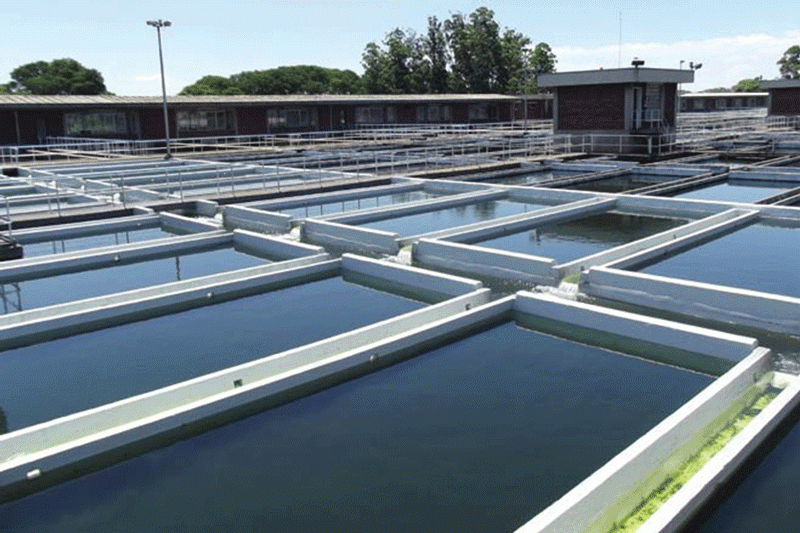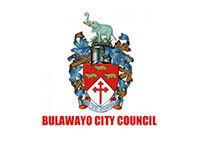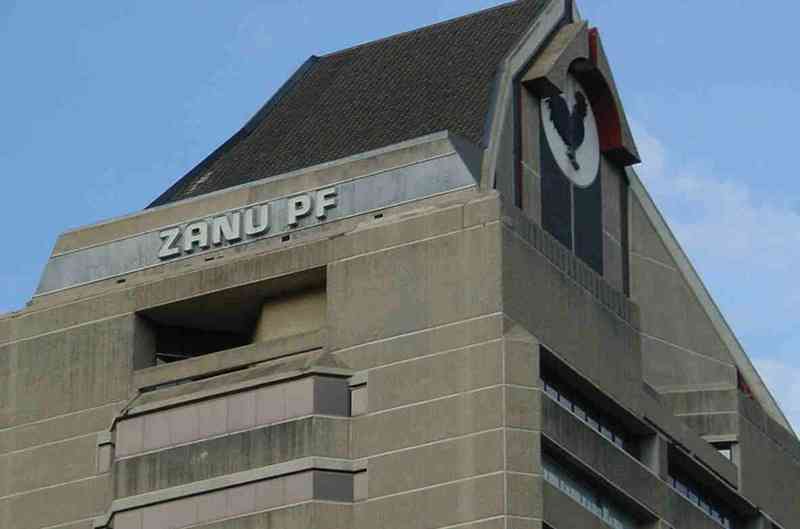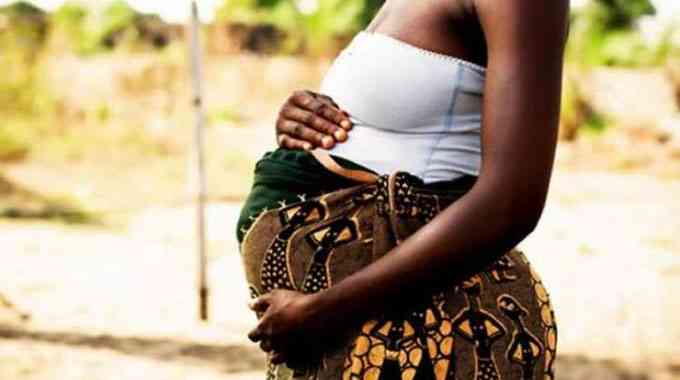
THE Morton Jaffray water treatment plant, a colossal structure nestled about 10 kilometres west of Harare, is not just a facility; it is a critical lifeline for millions, ensuring that the city and its environs have access to safe and clean water.
However, as it pumps purified water into the city's veins, pressing questions arise: What is the environmental cost of this operation? Is the plant effectively balancing the immediate needs of the city with long-term ecological sustainability?
For decades, the Morton Jaffray plant has served as the primary treatment facility for Harare, but as the population swells and climate change intensifies, the pressure on this facility is becoming increasingly complex.
To unravel this intricate web, NewsDay gathered views of policy-makers, development experts and officials from government departments to understand the delicate balance between water treatment and environmental stewardship.
Maria Chikanda, a water policy expert with the Environment, Climate and Wildlife ministry, emphasised the plant's critical role in Harare’s water security strategy during the recent Harare Water Security Conference.
“This facility not only supplies water, but also plays a vital role in ensuring public health,” she said.
However, Chikanda cautioned, “We must consider the environmental impacts of our operations. The challenge lies in optimising our processes to minimise waste and energy consumption.”
She highlighted ongoing efforts to implement more sustainable practices within the plant.
- Harare looks East for water chemicals
- Policymakers urged to include children's rights in climate change plans
- Zim launches climate change gender action plan
- Harare resorts to water rationing
Keep Reading
“We are currently exploring advanced treatment technologies that reduce chemical use and improve energy efficiency,” the expert said. These innovations could potentially lessen the ecological footprint of water treatment while ensuring safe drinking water for the city’s residents.
Tendai Moyo, an environmental scientist, underscored the delicate interplay between water treatment and ecological health during a panel discussion at the same conference.
“Water treatment plants have a significant environmental footprint, particularly concerning chemical runoff and energy usage,” he warned.
“Mitigating these impacts is crucial, especially in a city like Harare, where water scarcity and pollution are pressing issues.”
For the residents of Harare and its surrounding areas, the Morton Jaffray plant is both a blessing and a source of concern. Claudius Chinyama, a local community leader from Warren Park, voiced the dual nature of this reliance.
“We depend on the water supplied by this important plant for our daily lives, but we are also aware of the dangers it poses in terms of unsafe drinking water and other environmental challenges,” he said.
Chinyama urged local authorities to take prompt action. “We need improved community engagement in water management. Local voices should be heard in decision-making processes. We can contribute valuable insights about our needs and concerns,” he said.
As Harare grapples with climate change and rapid urbanisation, the pressures on the Morton Jaffray plant are expected to intensify.
Chikanda emphasised the urgency of proactive measures: “We need to invest in infrastructure that withstands the impacts of climate change, such as droughts and floods. The future of our water supply depends on it.”
Acknowledging these persistent challenges, Harare City is actively engaging local non-governmental organisations (NGOs) and international partners to explore innovative and sustainable solutions to enhance resilience.
Stanley Gama, the city’s communications manager, said during the conference’s closing remarks, “We are looking into rainwater harvesting and wastewater recycling to supplement our water supply.”
He added: “Implementing these sustainable practices will conserve resources, reduce costs and improve community resilience against water shortages.”
Experts agree that achieving a sustainable future for the water plant requires focused collaboration among government officials, environmental experts and the communities they serve.
“We cannot tackle these challenges in isolation. It demands collective effort and a holistic approach,” Moyo said.
As the sun sets over Harare, casting a golden hue on the Morton Jaffray plant, it becomes clear that the path forward is fraught with challenges, yet rich with opportunities.
The voices of policy-makers, experts and community members resonate with a shared vision: to safeguard Harare’s water resources while nurturing healthy localities.
In this balancing act, the Morton Jaffray water treatment plant stands not merely as a critical facility, but as a symbol of hope, a testament to the possibility of harmonising immediate needs with long-term ecological sustainability.
Communities often struggle to grasp the complexities of balancing environmental impacts with the need to deliver essential resources, such as clean water, directly to residents' homes for their well-being.
This disconnect can lead to a misunderstanding of the importance of sustainable practices, highlighting the need for better community engagement and education on water management issues.
The journey continues, but the stakes are higher than ever. As Harare navigates its water security challenges, the commitment to sustainable practices and community engagement will be vital in shaping a resilient future for all.
The Morton Jaffray plant is at the heart of this endeavour, reminding communities that while addressing immediate needs, communities must be stewards of their environment for generations to come.










